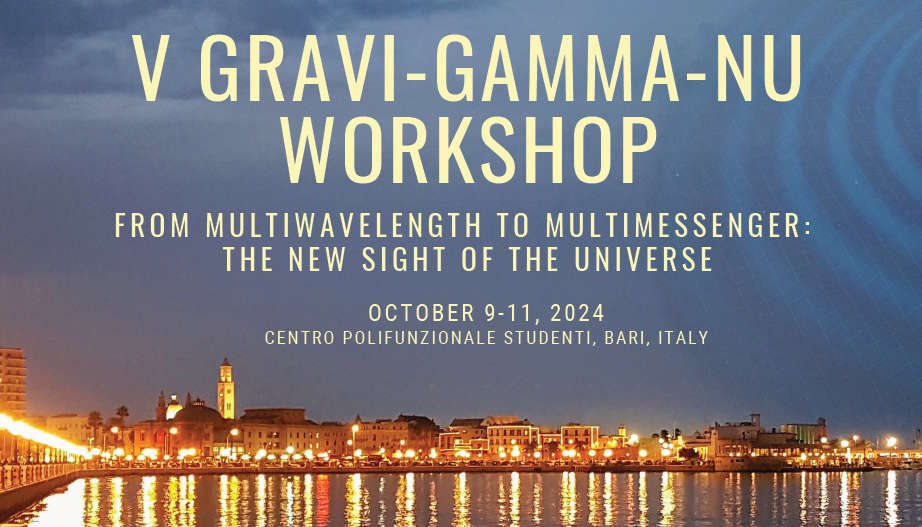Speaker
Description
Supermassive black hole binaries are thought to be an inevitable product
of the prevailing galaxy evolution scenarios where most massive galaxies
host a central black hole and undergo mergers over cosmic time. The early
stages of this process have been observed in the form of interacting
galaxy pairs and widely separated dual quasars, but the close,
gravitationally bound binaries that are expected to follow have proven
elusive. One approach to finding them has been to search large-area
electromagnetic surveys for candidates based on the expected time-domain
signatures of binarity. In this invited talk, I will review these
signatures, their implementation in current and upcoming industrial scale
surveys, and the complications that arise from regular quasar variability.

